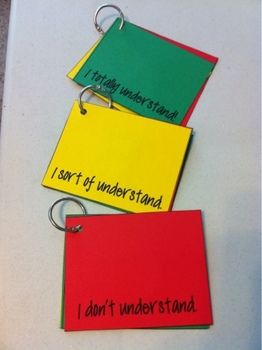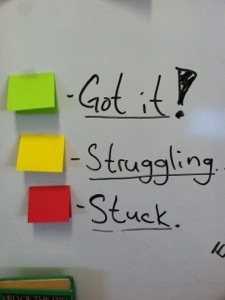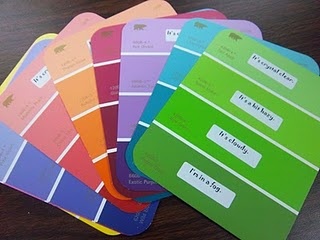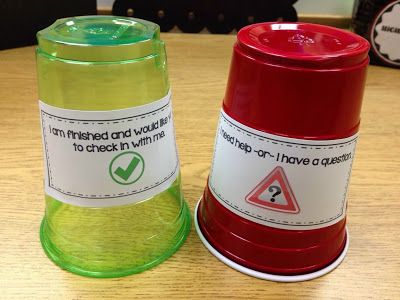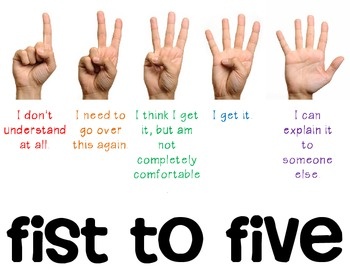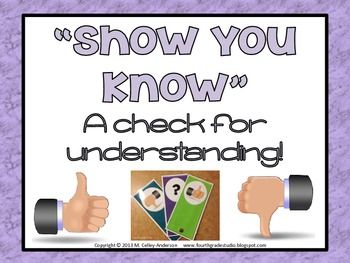Research is a fundamental part of RTI. This is a time to put- what you’ve always done- on the back burner and make sure you are providing learning experiences that have been PROVEN to be effective!!
learning experiences that have been PROVEN to be effective!!
- Literacy centers are defined as small areas within the classroom where students work alone or in small groups to explore literacy activities while the teacher provides small- group guided reading instruction (Diller, 2003)
- Literacy centers within a learner-centered environment are also consistent with the work of Piaget (as cited in Deboer, 2002) who believed that children develop meaning through their direct experiences and through conversations with others regarding those experiences.
- Deci and Ryan (as cited in Deboer, 2002) found evidence that children put more effort into their school work when they are intrinsically motivated rather than teacher motivated.
- In his book, Teaching with the Brain in Mind (2005), Eric Jensen writes that students learn when teachers provide choices, make learning relevant and keep it engaging,
- Ford and Opitz (2005) suggest that the teacher gradually introduce the centers by modeling the activities for the students and giving the students clear, accountable expectations for work produced in each center.
- Social interaction, found by Johnson and Johnson (1981) to increase productivity and achievement, and the use of more than one language system (reading, writing and discussion) are also important elements of an effective center.
- Effective centers require students to transfer meaning and reconstruct it in other contexts such as a center where a student reads a book and then creates a board game based on the plot. Also, an effective center offers a range of acceptable responses (Cambourne & Labbo, 2001).
- Ford and Opitz explain that, “routines provide a predictable way for children to engage in learning”. Establishing routines allows for more independent learning to occur. If students understand the routine and their expectations, there will be fewer interruptions and more independent learning (2002).
- Activities should be open-ended to meet all levels of developmental ability. Sloane (2000) states “open-ended materials are those that children can use in many different ways, and that support learning from initial explorations to mastery levels”
- Lanning (2002) states, “incorporating content area concepts into guided reading lessons, allows teachers to develop integrated units that provide more opportunities to create meaningful literacy extensions for the rest of the class to complete on their own”
- Fountas & Pinnell (1996) gave an idea on how to manage literacy centers. Centers must engage class members in meaningful literacy activities. The students must be able to function without teacher assistance, maintaining and managing their own learning.
- Instruction away from the teacher needs to be as powerful as instruction with the teacher (Ford & Opitz, 2002). The ultimate goal of literacy centers is for children to experience success and view themselves as independent learners.
I love research!!
J.
References
Deboer, G.E. (2002). Student-centered teaching in a standards-based world: Finding a sensible balance. Science and Education, 11, 405-417.
Deci, E., & Ryan, R. (1987). The support of autonomy and the control of behavior. Journal of Personality and Social Psychology, 53(6), 1024-1037.
Diller, D. (2003). Literacy work stations; Making centers work. Portland, ME: Stenhouse
Ford, M.P., & Opitz, M.F. (2002). Using centers to engage children during guidedreading time: Intensifying learning experiences away from the teacher. The Reading Teacher. 55, 710- 717.
Jensen, E. (2005). Teaching with the brain in mind. Association for Supervision & Curriculum Development: Alexandria, VA
Johnson, D.W., & Johnson, R.T. (1981). Effects of cooperative and individualistic learning experiences on interethnic interaction. Journal of Educational Psychology, 73, 444- 449
Kersten, J., & Pardo, L. (2007). Finessing and hybridizing: Innovative literacy practices in Reading First classrooms. Reading Teacher. 61, 146-154.
Piaget, J. (1963). Origins of intelligence in children, Norton, New York.
Vygotsky, L.S. (1967/1933). Play and its role in the mental development of the child. Soviet Psychology, 5(3), 6-18.
